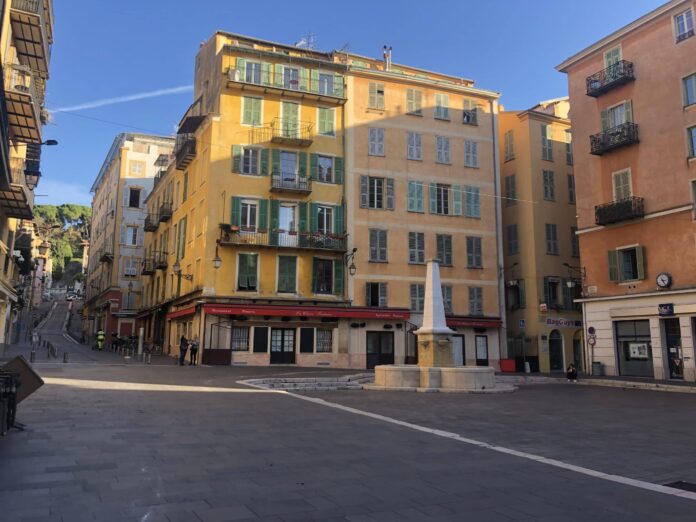The Nice Côte d’Azur Metropolitan Council approved its new Local Housing Program during a plenary session on Wednesday, October 22, 2025. This document sets out the orientations for the next five years. It plans the construction of 2,800 homes per year, with a significant portion in Nice. However, the debates highlighted criticisms regarding the objectives for social housing.
The 4th Local Housing Program (PLH) of the Nice Côte d’Azur Metropolis was adopted in a plenary session. It results from work conducted with 51 municipalities, the State, social landlords, and real estate stakeholders.
The document sets five priorities: developing a diverse offering, strengthening the land economy, improving the existing housing stock, addressing the needs of specific audiences, and ensuring regular monitoring of the housing policy.
For the 2025-2030 period, the Metropolis plans for approximately 2,800 homes per year. The distribution is as follows: 40% free-market housing, 40% social housing or social home ownership, and 20% so-called affordable housing.
In Nice, the production of social housing remains a central issue. The PLH plans for 742 social housing units per year in the city, mostly new constructions. The municipality also focuses on acquiring and improving existing housing, with about 200 units per year.
The issue of typology is also addressed. The Metropolis aims to produce more small housing units, particularly studios and two-bedroom apartments, but also large apartments (T4 and beyond) to accommodate families.
Between ambitions and critiques on social housing
While the plan was adopted, it raised concerns. Jean-Christophe Picard, an environmental metropolitan councilor, criticized a reduction in ambitions: “the Nice Côte d’Azur Metropolis is lowering its ambitions regarding social housing,” he stated.
He recalled that the previous PLH set a target of 1,700 social housing units per year, compared to 1,250 in the new program. According to him, this target remains well below the needs defined by the SRU law, which would require more than 3,400 social housing units per year.
The councilor also highlighted several concerning figures:
- 17% of secondary residences in the metropolis, compared to 10% nationally.
- 12% of vacant housing, equivalent to 42,000 units, with 8,000 unoccupied for more than two years.
- 29% of the private housing stock classified as energy labels E, F, or G.
- More than 12,000 short-term rental listings recorded.
Regarding the public housing stock, he recalled that as of January 1, 2023, the metropolis had 37,393 social housing units, with more than 26,000 applicants waiting.
Jean-Christophe Picard emphasized the benefit of acquisition and improvement: “This is interesting: throughout the mandate, you explained that ecological experts had contradictory positions since they would be both against concrete and for the creation of social housing… But this PLH clearly demonstrates that it is possible to create social housing within the existing fabric.”
However, he regrets that the objective of bringing vacant housing back to the market remains limited to 900 units, while the identified potential is 5,000.
Nice facing its challenges
The city of Nice faces a large part of the challenges. It hosts the majority of the department’s students, nearly 51,000, and must meet strong demand for suitable housing. Two new university residences are planned, one of which will provide 340 units in the Saint-Jean-d’Angely district.
The municipality is also focusing on the elevation of existing buildings. A study identified a potential of 7,750 housing units, including 3,250 social units, through this technique. Côte d’Azur Habitat has already launched a first operation of 13 units in Nice.
Combating tourist rentals is another key focus. The city has more than 12,000 short-term rental listings. The Metropolis plans to strengthen regulations, with quotas in the most strained neighborhoods and a limitation on the duration of permits.
Finally, the energy renovation of the private housing stock is central to priorities. Many co-ownerships in Nice are involved in improvement initiatives, particularly in the Ariane district.
The PLH 2025-2030 will therefore be a test of the ability of the city and the metropolis to meet their inhabitants’ needs, amid a persistent housing crisis.


